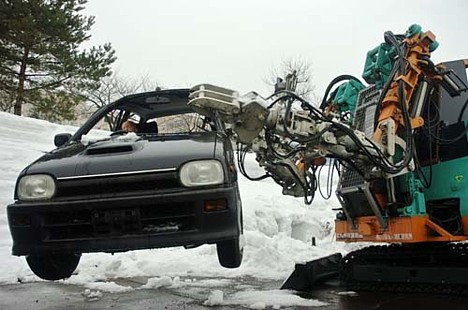The truth behind the NWO scum
RE: 1 - 19
----------------- Bulletin Message -----------------
From: Eddie Spaghetti
Date: Nov 28, 2008 5:51 PM
The AntiChrist Dajjal will be a Reptilian ShapeShifter
----------------- Bulletin Message -----------------
From: Eddie Spaghetti
Date: Nov 28, 2008 5:53 PM
The AntiChrist Dajjal will be a Reptilian ShapeShifter 10 - 19
----------------- Bulletin Message -----------------
From: Eddie Spaghetti
Date: Nov 28, 2008 5:51 PM
The AntiChrist Dajjal will be a Reptilian ShapeShifter
----------------- Bulletin Message -----------------
From: Eddie Spaghetti
Date: Nov 28, 2008 5:53 PM
The AntiChrist Dajjal will be a Reptilian ShapeShifter 10 - 19






























